Article by Lam Seng Fatt
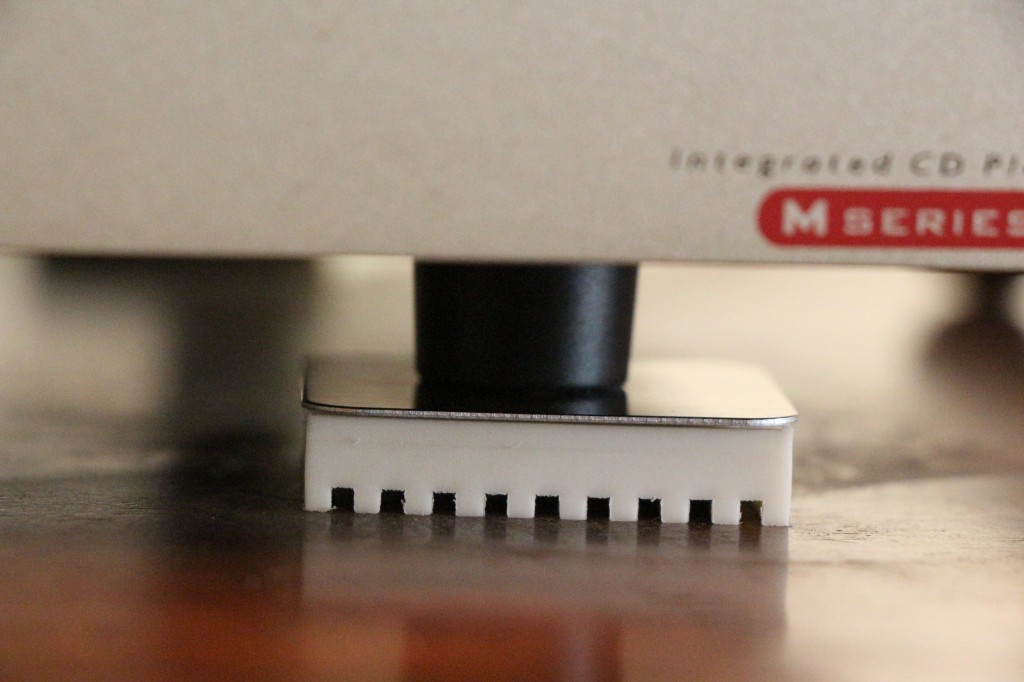
Since my new office is near the Curve in Petaling Jaya, I have been spending much time browsing around the shops in the mall, especially the huge Daiso outlet and the Japan Home Centre since these days everyone is grumbling about the rising costs of living.
The last time I scoured the Daiso outlet in IOI Mall in Puchong, I spotted some ‘earthquake pads’ which could be used by audiophiles for isolation and damping purposes. This time, I spotted several other things that could be used as tweaks for those on a shoestring budget.
At the Japan Home Centre, I saw a rubber pad which was square and had parallel ridges on one side and parallel ridges on the other side which were perpendicular to the ones on the flipside. These pads are used to reduce vibrations and reduce noise from appliances like table fans, refrigerators and washing machines.
I pressed the pads and they were quite hard.
Over at Daiso, I spotted some’Stainless Steel Auxiliary Plates’ which were thin square plates with double-sided tape stuck on one side.
I also picked up some make-up sponges which are made of artificial rubber and are quite soft.
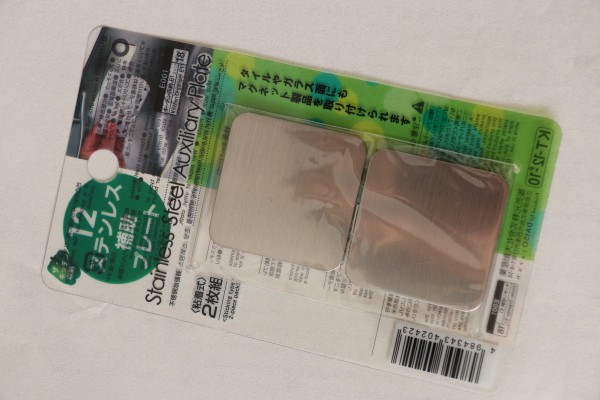
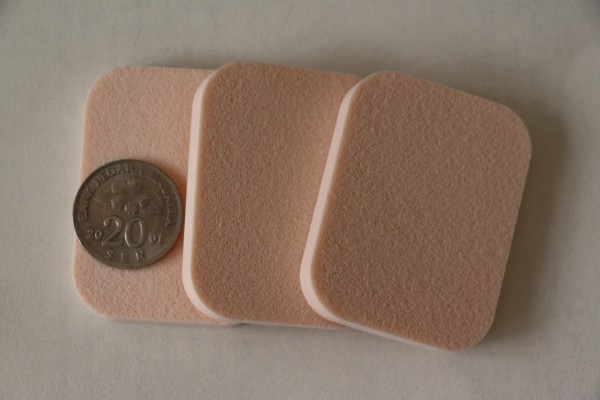
Back home, I pasted the steel plates on the rubber pads and placed them beneath the feet of the CD player. I have noticed something about rubber and how it changes sound especially when used as platter mats in turntables. Rubber and even rubber/cork platter mats create a punchy, dynamic sound with strong bass. But the rubber must be hard; soft rubber tends to create a ‘plummy’ kind of sound.
So it was with the anti-vibration pads with steel plate. The sound changed and the bass was more powerful and punchy.
I used the steel plate as I wanted it to be the vibration sink whereby vibrations would flow from the CD player through its feet to the steel plates and the vibrations would then be absorbed by the rubber pads.
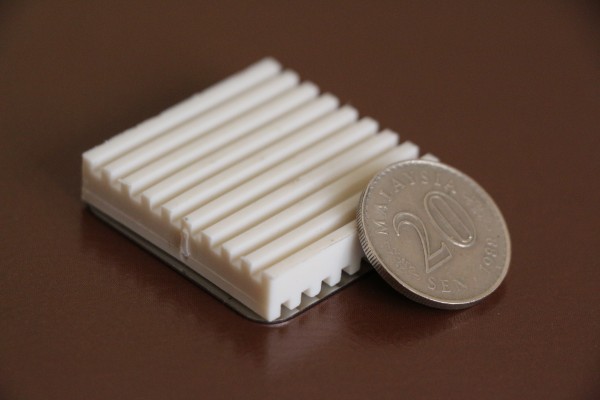
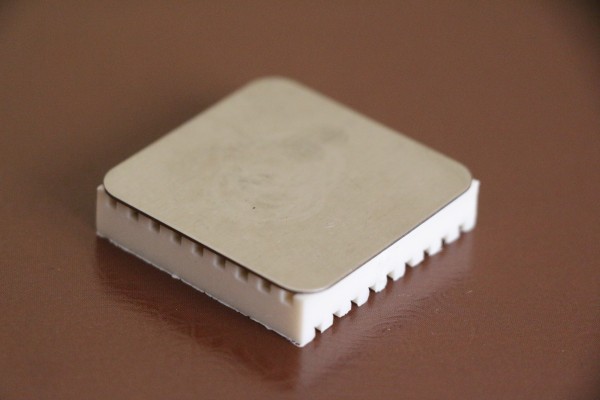
After reviewing the Pro-Ject CD Box SE CD player some time back, I had spent much time thinking of vibrations and how to deal with them and how to couple and decouple components. The Pro-Ject Box SE CD player has three soft feet for dampening and isolation (decoupling) and one hard foot for vibrations to be drained out (coupling).
So I thought the Daiso pads I had created acted to decouple the CD player. I needed something to couple the CD player to the hi-fi rack.
The sound was punchy and dynamic, but there was a touch of hardness on the leading edges of the music and also a bit of ‘raspiness’ on the vocals.
So I thought I could dampen the vibrations from the CD player’;s motor by placing a pile of make-up sponges beneath the motor compartment i.e. directly below the CD drawer.
It didn’t work – the sound became smooth. After I while I realised it was too smooth and some ‘life’ was taken out of the music.
So I thought some more and theorised that the pile of make-up sponges had over-dampened the CD player.
I switched to using an EVA foam pad (which I found in my drawer of tweaks) and used two make-up sponges with the EVA foam pad as the topmost layer. The sound improved.
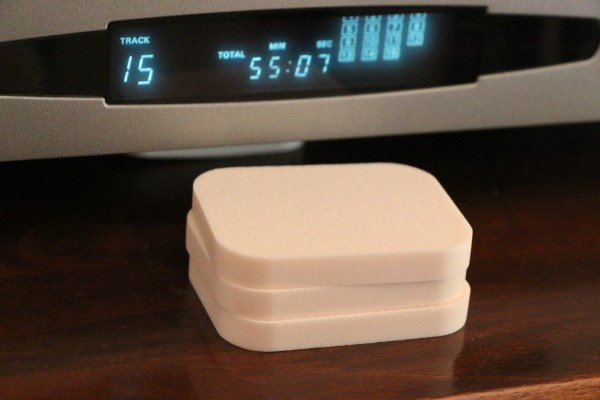
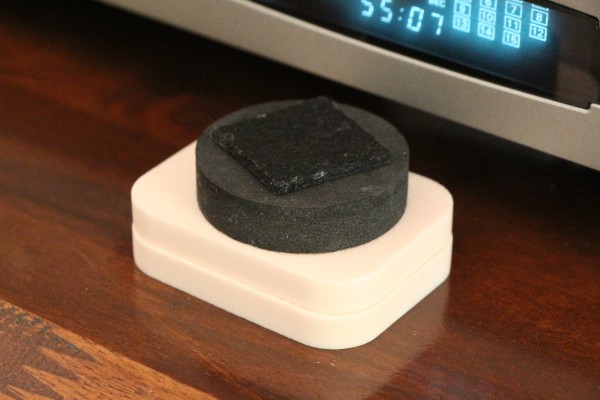
Then I started experimenting after finding out that the sound could change depending on the material the bottom of the CD player was in contact with. I used a felt pad, a plastic glider and finally I used a steel cap nut (which I just found out is actually called an ‘acorn nut’). All these were also from the drawer of tweaks.
The idea was to use the steel acorn nut as the conduit for the vibrations to flow from the CD player to be absorbed by the make-up sponge.
Interestingly, I tried the acorn nut with its rounded tip in contact with the bottom of the CD player and with it reversed. The sound was better with the rounded tip facing downwards.
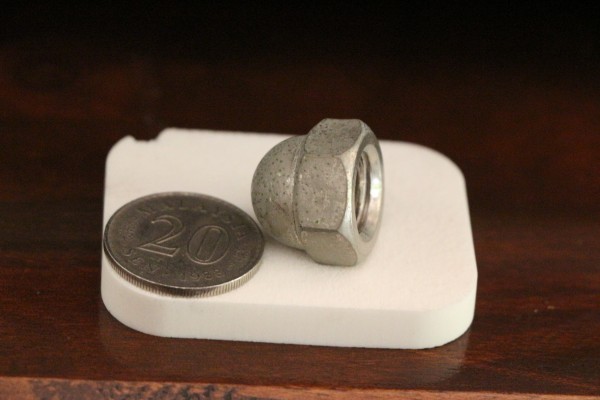
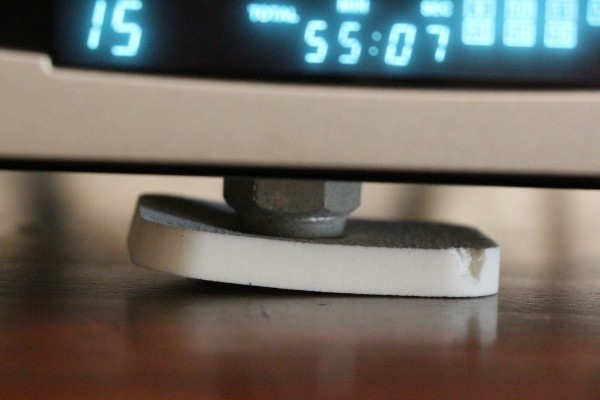
Don’t ask me why sound quality can change by doing things like reversing the nut or using too many layers of sponge. I will have to give that some more thought.
Thus for not much money you can improve the sound of your hi-fi system. If you notice no difference in sound quality, the purchases will not be wasted since the rubber pads can be placed beneath your washing machine to reduce the noise and the make-up pads can be passed to your wife. I am sure your wife will put them to good use. As for the ‘Stainless Steel Auxiliary Plates’;….well, I will have to figure out what they can be used for.
Article by Lam Seng Fatt

the earth quake pads are awesome, i use them on my Subwoofer, with and without makes a big difference.